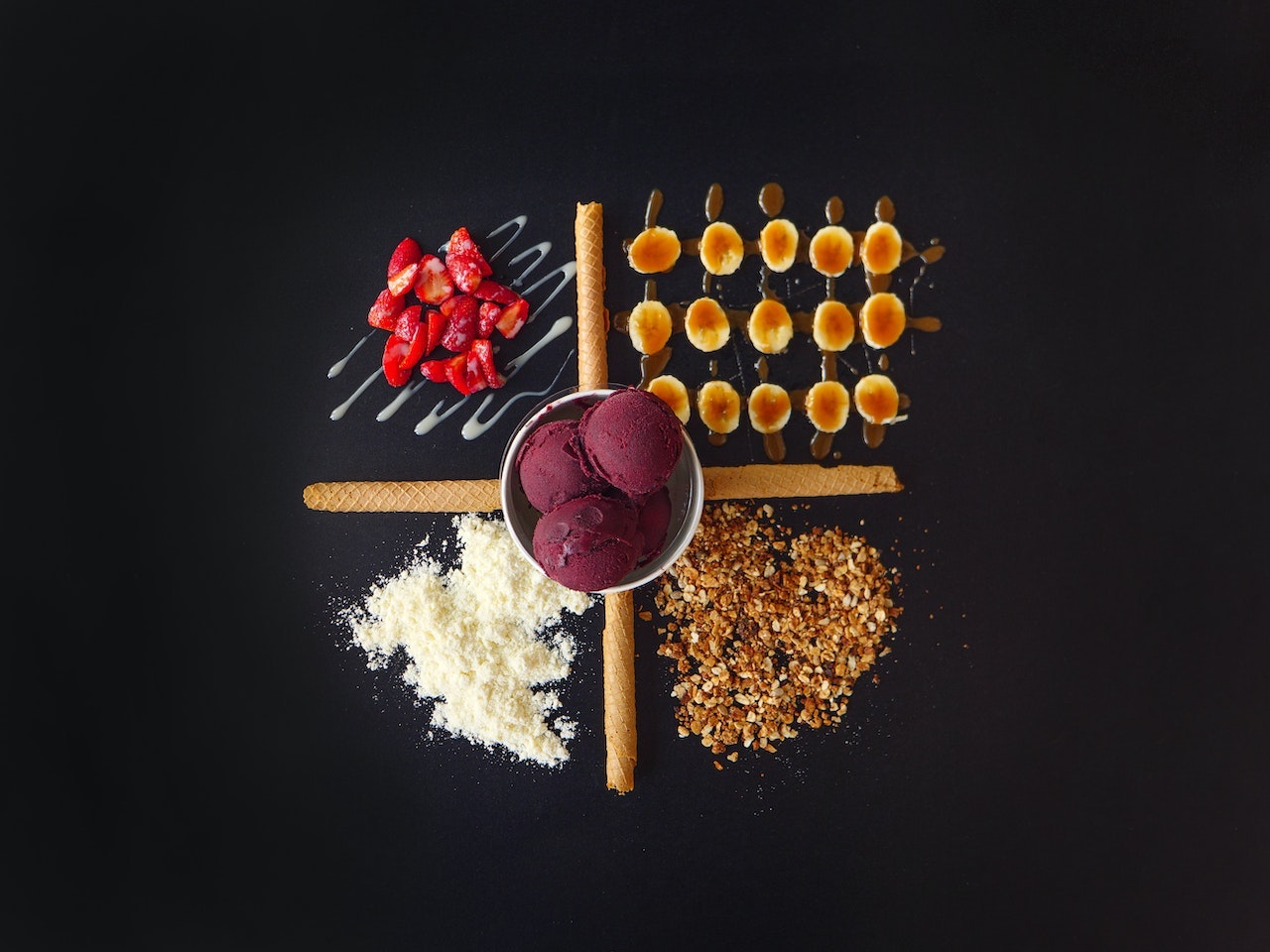The açaí berry, a popular super fruit, thrives in the lush and humid surroundings of the fertile Amazon River basin. This region spans across upper South America's tropical areas, with a significant portion of harvested berries originating from Brazil's Pará state.
While açaí has gained popularity in the United States, it has been a longstanding dietary staple for generations of villagers in the Oiapoque indigenous region of northern Brazil. Açaí is derived from the açai palm tree (Euterpe oleracea), which produces small, dark purple fruits. This palm tree is native to the lush rainforests of Central and South America, predominantly found in the Amazon basin spanning countries such as Brazil, Peru, Colombia, and Venezuela.
Due to the tree's inability to thrive outside its native environment and the limited shelf life of fresh Açaí berries, they are typically picked and transformed into frozen puree, dried powder, or juice for consumption in various regions around the globe.
Traditional Harvesting and Serving of Açaí Berries
The indigenous communities in the Amazon region have a long-standing culinary tradition of serving açaí. The traditional method involves extracting the thick, purple berry pulp from the açaí palm fruit. This process includes several steps:
- Harvesting: Indigenous communities would climb the tall açai palm trees to gather the ripe açai berries. This requires skill, experience, and agility due to the height of the trees.
- Soaking and Crushing: Following the harvest, the açai berries were soaked in water to soften them. Once softened, they were crushed using traditional tools such as a wooden mortar and pestle until they formed a thick purple paste.
- Mixing with Water: The crushed açai paste was then mixed with water until it reached a drinkable consistency. The amount of water added varied based on individual preferences and regional customs.
- Optional Enhancements: In certain instances, other natural ingredients like honey or guarana (a caffeine-rich plant native to the Amazon) were incorporated into traditional açai recipes to enhance both flavor (they have a uniquely bitter taste) and nutritional value.
- Serving: Traditionally, communal bowls made from materials like wood or clay held the mixture of açai. People would gather around these bowls and use small cups or hollowed-out gourds to scoop out servings of this delicious treat which they enjoyed together. Adding various toppings was a popular way to make the açai meals special.
- Traditional Açai Hot Meals: Up in the northern part of the country, açai is the staple food for thousands of families and, although it can be enjoyed as juice or dessert, it is traditionally consumed hot and seasoned with salt, often accompanied by cassava flour. It can even be served alongside fried fish and shrimp on special occasions.
This may seem unusual considering the familiar creamy and sweet bowl of açaí that we all adore, but this has been the customary way of consuming this valuable fruit for thousands of years.
Despite the vast biodiversity that exists in this area, growing food in the Amazon rainforest is not without its challenges.
The Ancient Myth About the Origin Of Açaí as Nourishment
According to the legend, many centuries before European ships ever ventured across the Atlantic Ocean, the indigenous people residing in present-day Belém do Pará in northern Brazil faced a severe famine. With each passing day, the population grew while food resources dwindled.
To ensure their survival during this period of scarcity and until more prosperous times arrived, Itaki, the village chief renowned for his toughness and fairness, made a difficult decision. He commanded that every newborn child be sacrificed as a means of controlling the nation's increasing numbers.
Regardless of her own personal circumstances, Itaki's daughter named Iaçã was not exempt from this heartbreaking decree when she gave birth to her own baby girl. Devastated by her loss and desperate for relief from this suffering imposed upon her people, Iaçã spent countless days and nights mourning for her vanished child while praying fervently to Tupã – god of thunder.
Then one fateful night amidst Iaçã's sorrowful vigilance, she heard an infant's cry emanating from deep within the forest. Compelled by hope and curiosity alike, she followed its haunting sound through winding trails until eventually discovering her beloved daughter sitting among roots beneath a towering palm tree. However brief, this miraculous reunion swiftly vanished into thin air with an ethereal gust of wind
As the sun rose, Itaki and his tribe stumbled upon Iaçã reclining peacefully beneath the shelter of a majestic tree. Gazing upwards, they noticed small, round fruits resembling the princess' enchanting dark eyes cascading from the branches.
Compelled by curiosity, they gathered these fruits and skillfully transformed them into a deep-purple elixir. When Itaki finally tasted this enigmatic delicacy, he realized that Tupã had bestowed upon his people a precious gift in the form of these black fruits.
Nourished by the bountiful palm trees surrounding them, hunger would never haunt the Tupi tribe again. To honor Iaçã's tears of wonderment and astonishment, this fruit was aptly christened in her name – an everlasting tribute to her miraculous essence.
How Much Do We Know About Açai Today?
Despite the widespread promotion of Açai berries as a super fruit supporting overall well-being, research is still underway about the explicity health benefits of açai products for humans. However, there are many potential health benefits to consuming açai berries based on their vitamin, mineral and antioxidant content.
Modern adaptations such as açaí bowls and other related products have gained popularity worldwide. These variations transformation this small, savory berry with sweet ingredients like yogurt, ice cream, and sweeteners to cater to different preferences and tastes, which might affect the nutritional values. What we do know is that açaí is a delicious and great source of vitamins and minerals, and won't be going away any time soon.



Comment